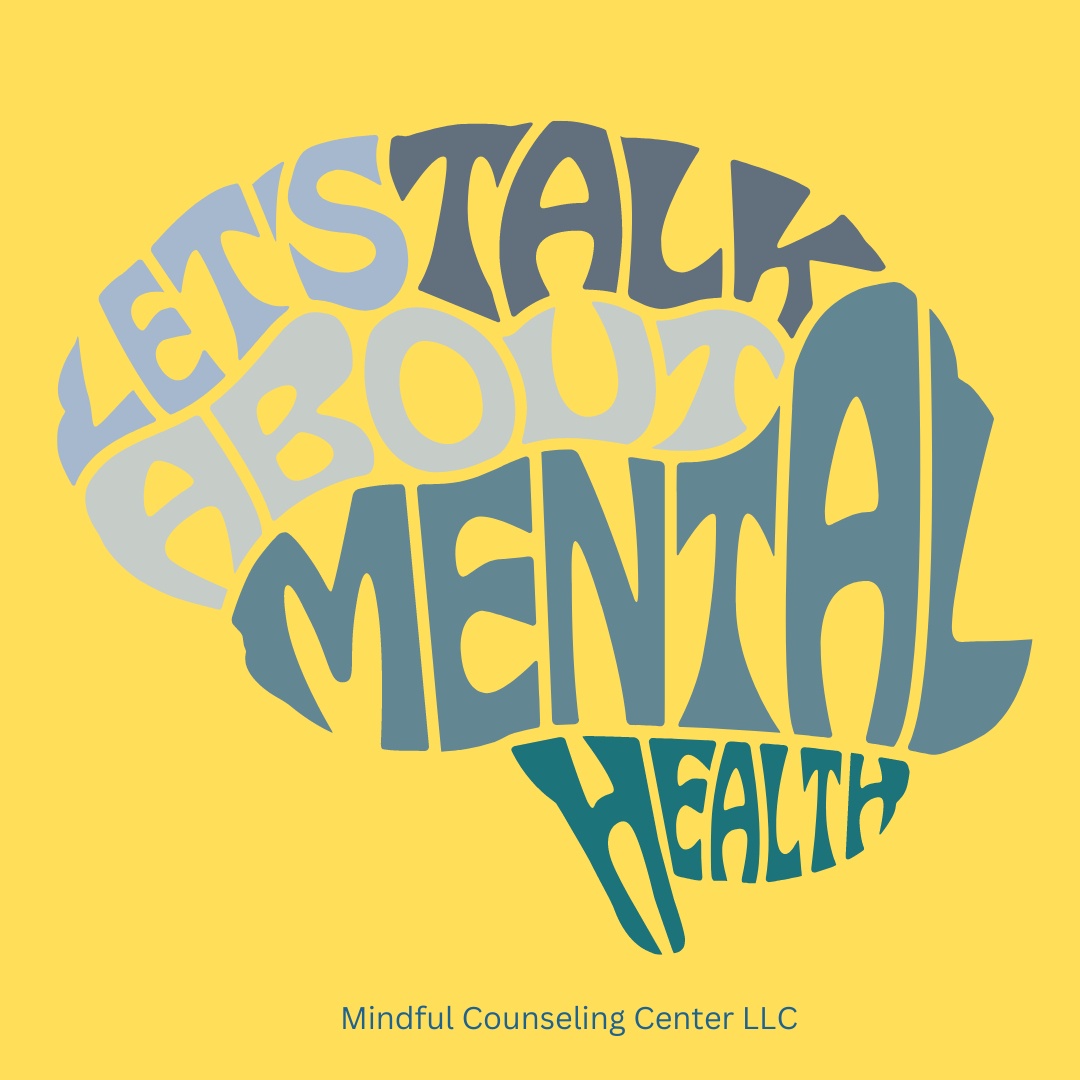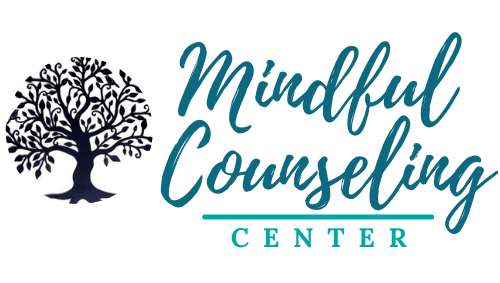When You Have More than One Mental Health Condition

This is the first in a series of blogs on co-occurring mental health conditions.
The process of getting help for mental health problems usually begins with a healthcare provider making a diagnosis–an evaluation of symptoms you are experiencing and a determination of which mental health condition, if any, aligns with the symptoms. Once you have a diagnosis, you start on a treatment tailored to your condition. Easy-peasy, right? (Adapted from A Radical Idea Suggests Mental Health Conditions have a Single Cause | New Scientist.)
Well, the process can be straightforward, especially if your symptoms clearly point to one distinct mental health condition for which there is effective treatment. But this road can be quite a bit bumpier if you have symptoms of more than one disorder (whether upon first presentation to a healthcare provider or as time passes).
Is it Common to Have More than One Mental Disorder?
Mental Health America reported that in 2022, a little over 1 in 5 people in the United States experienced a mental illness. A segment of those people—more than most of us realize—appear to experience more than one disorder (which may be referred to as comorbid disorders).
- A study published in 2005, based on U.S. National Comorbidity Survey data, found that, in a 12-month period, over 40% of adults with any mental disorder had two or more disorders.
- A 2009 national study of comorbid conditions in mental health in Spain showed that about 54% of adult patients in primary care settings had at least one mental disorder; 30% had more than one.
- A 2019 national Danish study found that comorbidity within mental disorders was pervasive —with the risk of developing comorbidity most prominent in the first year after the onset of a disorder. The increased risk persisted over at least 15 years.
Common Comorbidities
Depression, anxiety, obsessive compulsive disorder (OCD), eating disorders, hair pulling/skin picking disorders, attention deficit hyperactivity disorder (ADHD), post-traumatic stress disorder (PTSD) and substance abuse disorders are examples of conditions that are commonly linked to other disorders.
If you want to find out more about comorbidity for a particular disorder, do a web search for the particular type of condition and its comorbid mental disorders. For example, here are a few links to information for several specific conditions and their common comorbidities:
- Depression
- Anxiety
- OCD
- Skin Picking Disorder
- Eating Disorders
- ADHD
- Autism
- PTSD
- Bipolar Disorder
- Borderline Personality Disorder
- Schizophrenia
Some reasons why mental disorders might co-exist include (explained by Co-morbidity and Skin Picking Disorder):
- There is a direct causal relationship between them, with the presence of one disorder making another more likely to develop.
- There is an indirect causal relationship between them, with one disorder affecting a variable that increases the likelihood of another disorder.
- There are common factors that increase the risk of more than one disorder.
Next blog we will briefly discuss the challenge of easing the suffering of people who have multiple mental health conditions and the evolving science of diagnosing and treating comorbid disorders.
Article by Kristin Littel
P.S. Contact the Mindful Counseling Center if you want to discuss your options for getting help to deal with co-occurring mental health conditions: 609-377-5859 or go to our website.
